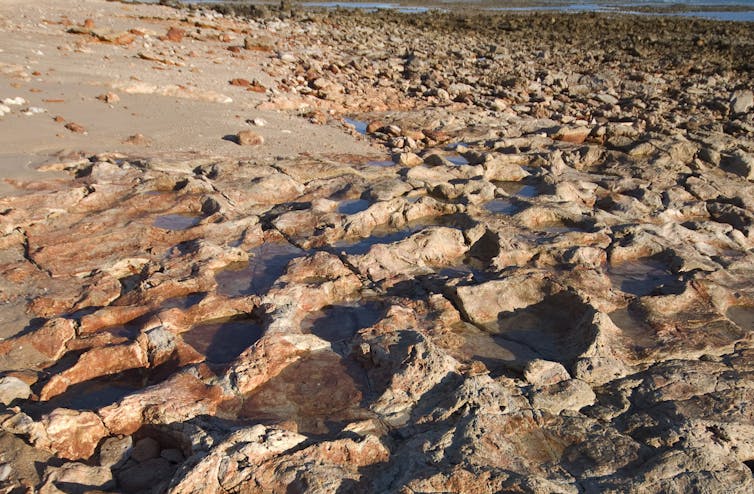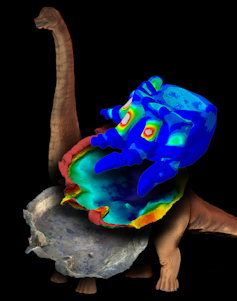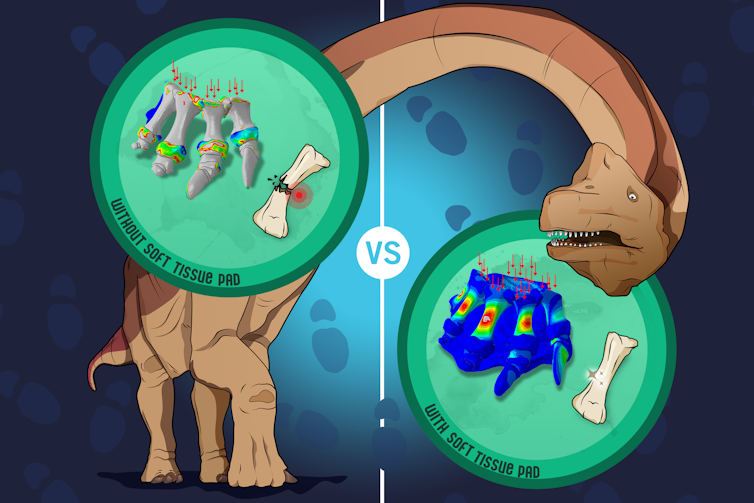2022/8/12
© Agence France-Presse

Washington is committed 'to eliminating systemic racism',
Desiree Cormier Smith told a UN review of the United States' race record
Geneva (AFP) - Washington vowed to do better on battling racial discrimination at an emotion-laden UN review of its record Friday, but officials did not respond to calls for reparations after centuries of systemic racism.
"We need to continue to make strong, concerted efforts to eliminate the scourge of racial discrimination in our country," said Desiree Cormier Smith, who was recently appointed as the first US special representative for racial equity and justice.
Speaking before the United Nations Committee on the Elimination of Racial Discrimination (CERD), she stressed Washington's commitment "to eliminating systemic racism", but acknowledged there was "so much left to do".
Cormier Smith, herself of African American descent, co-chaired a large, diverse US delegation at the two days of hearings in Geneva.
She pointed out that the issue was "deeply personal for many of us".
The committee of 18 independent experts evaluates how countries adhere to an international convention on eliminating all forms of racial discrimination, which the United States ratified in 1994.
The US officials faced questions from the committee on issues including police violence and killings of black people, rising levels of hate speech, and the treatment of indigenous people and migrants.
Geneva (AFP) - Washington vowed to do better on battling racial discrimination at an emotion-laden UN review of its record Friday, but officials did not respond to calls for reparations after centuries of systemic racism.
"We need to continue to make strong, concerted efforts to eliminate the scourge of racial discrimination in our country," said Desiree Cormier Smith, who was recently appointed as the first US special representative for racial equity and justice.
Speaking before the United Nations Committee on the Elimination of Racial Discrimination (CERD), she stressed Washington's commitment "to eliminating systemic racism", but acknowledged there was "so much left to do".
Cormier Smith, herself of African American descent, co-chaired a large, diverse US delegation at the two days of hearings in Geneva.
She pointed out that the issue was "deeply personal for many of us".
The committee of 18 independent experts evaluates how countries adhere to an international convention on eliminating all forms of racial discrimination, which the United States ratified in 1994.
The US officials faced questions from the committee on issues including police violence and killings of black people, rising levels of hate speech, and the treatment of indigenous people and migrants.
Reparations commission?
During its first regular review of the US record since 2014, the CERD committee for the first time also addressed the thorny issue of reparations.
Faith Dikeledi Pansy Tlakula, a CERD committee member from South Africa and its lead expert on the US situation, asked the officials whether Congress or President Joe Biden himself planned to respond to demands for "a commission to study and develop reparation proposals for African Americans".
Rights advocates argue that the legacy of slavery and subsequent periods marked by exploitation, segregation and violence, continue to be seen in economic, health, education, law enforcement, housing and other policies and practices.
Statistics show that black families on average have far less wealth than white families, while black people are imprisoned at three times the rate of their white peers, and are far more likely to die at the hands of police.
'Disappointing'
Other committee members also raised the issue of reparations in their questions.
But the US officials, who spent hours responding to the committee's queries, failed to address the matter before the hearing time ran out.
They were given 48 hours to provide written responses. The committee is due to issue its findings on August 30.
Many of the rights advocates who had travelled to Geneva to brief the CERD ahead of the review and attend the hearings, hailed the committee for pressing the US on reparations, but decried the lack of response.
"The issue of reparations was elevated to an unprecedented level," said Wade Henderson, former head of umbrella rights organisation The Leadership Conference on Civil and Human Rights.
He said it was "disappointing" that the officials had not responded, but voiced optimism it would "inspire a much more aggressive campaign" at home.
Vince Warren, executive director of the Center for Constitutional Rights, said he hoped that Washington would soon provide a serious response.
"It is the defining racial justice issue of the era," he said.
DON'T FORGET THE UN RIGHTS FOR INDGENOUS PEOPLES CALL FOR REPATRIATIONS AS WELL















.png)


